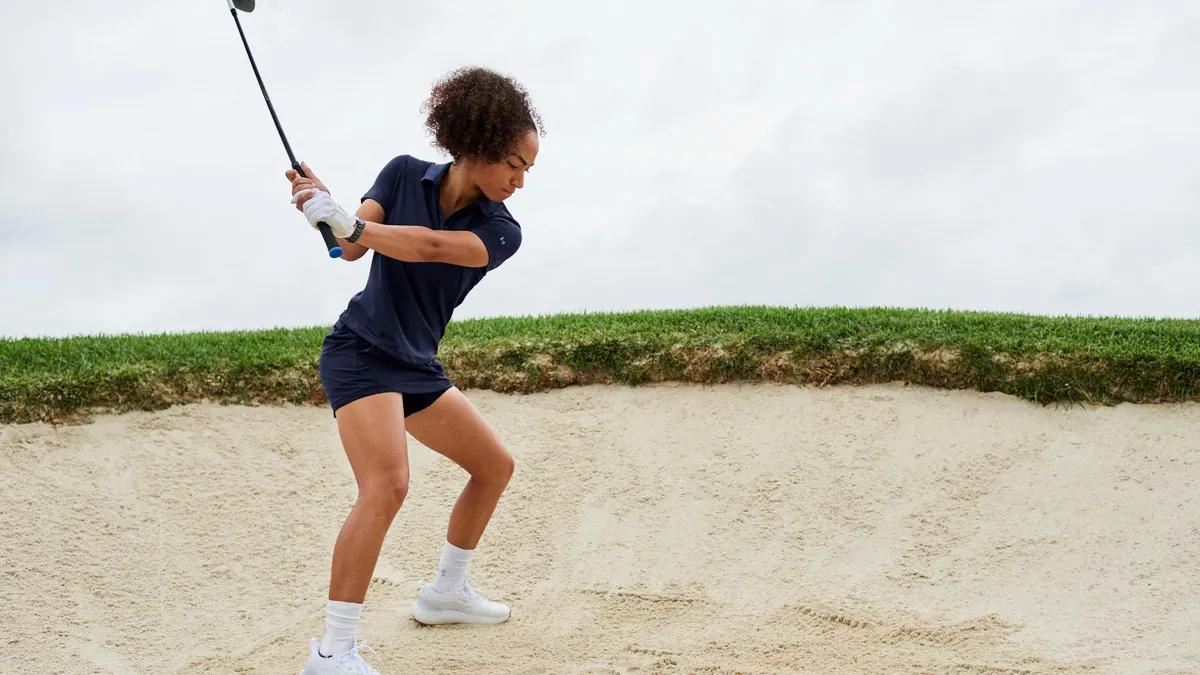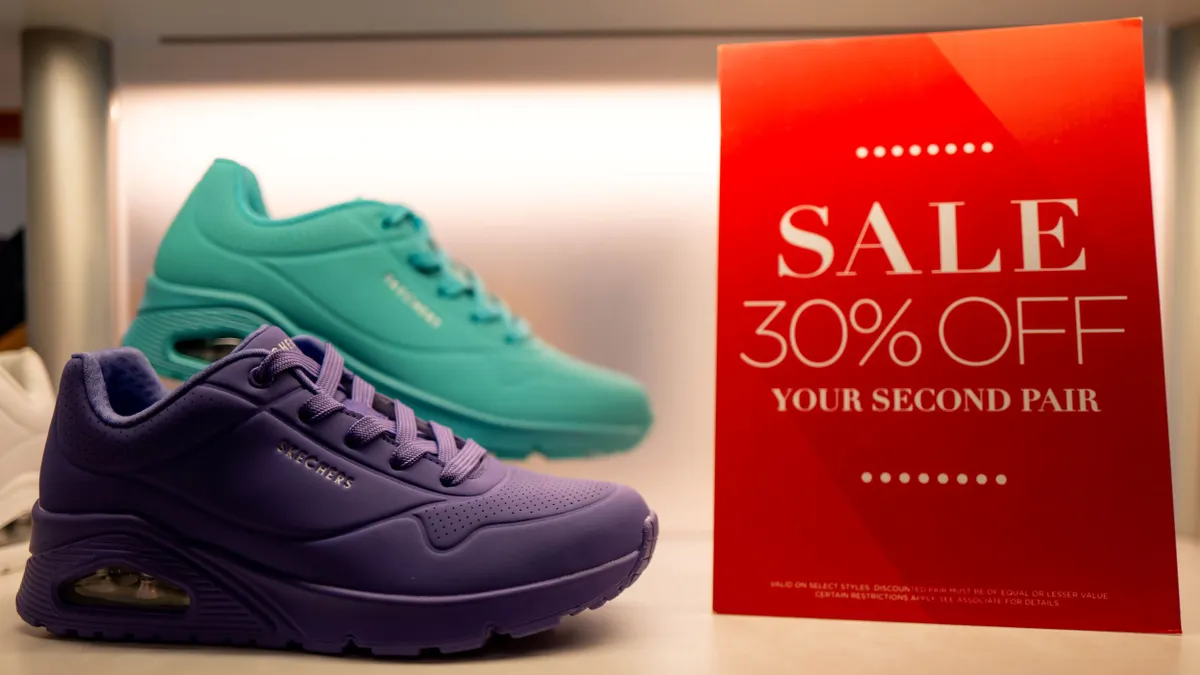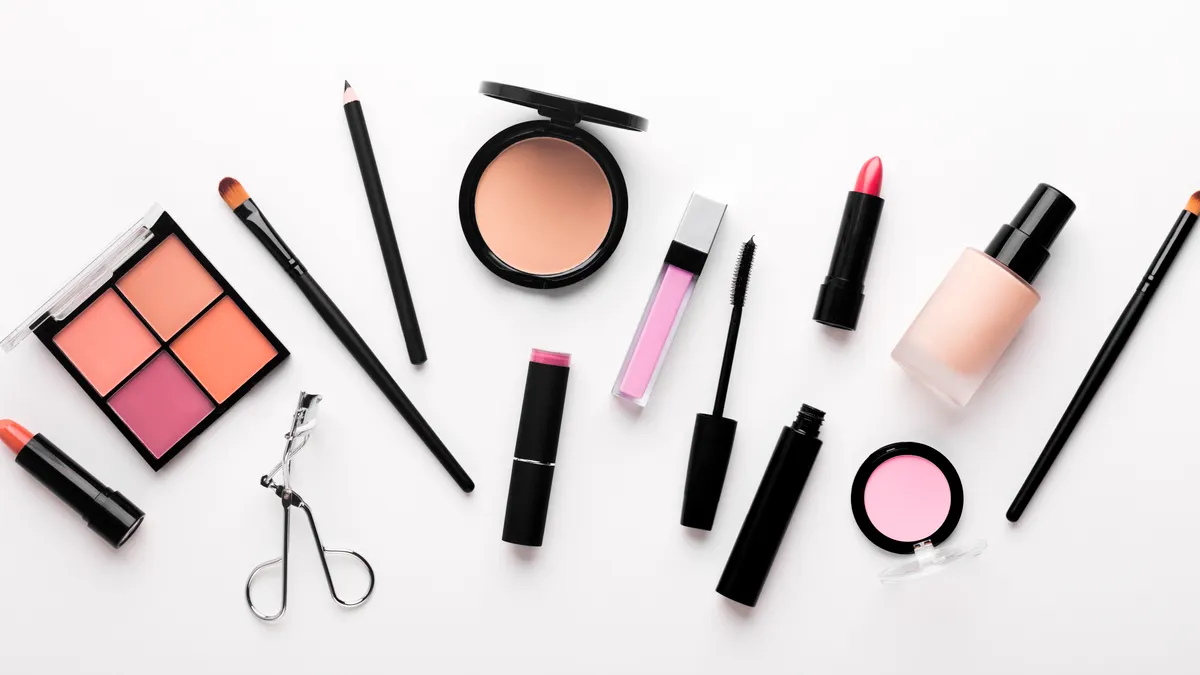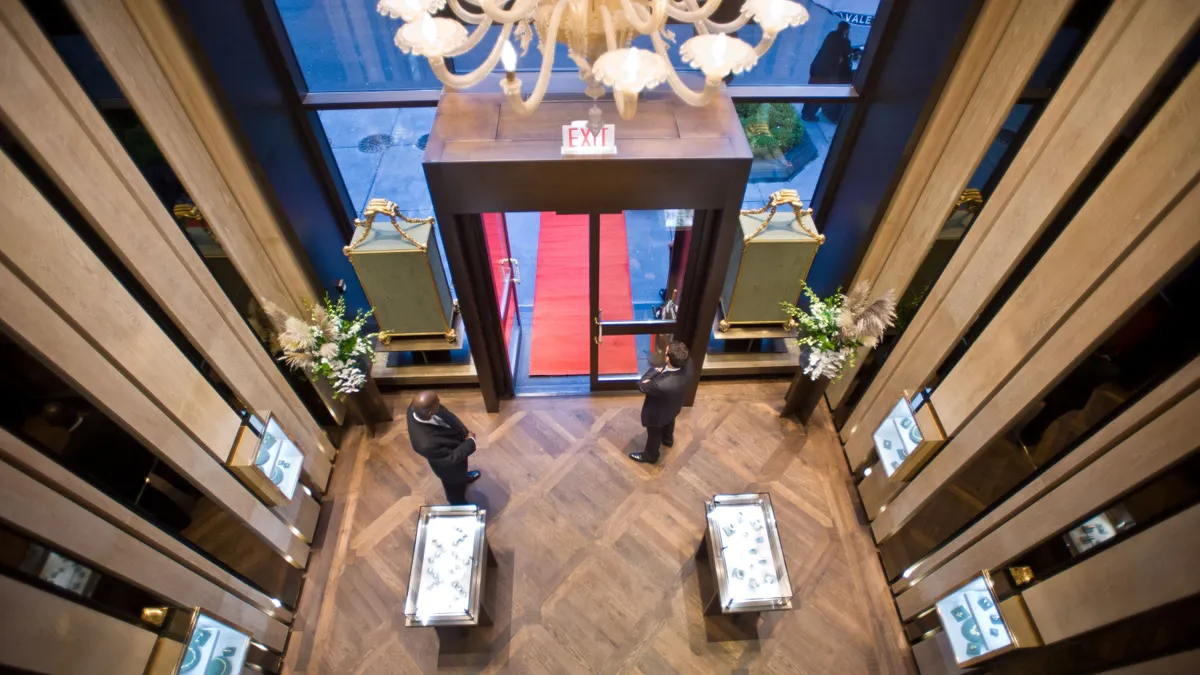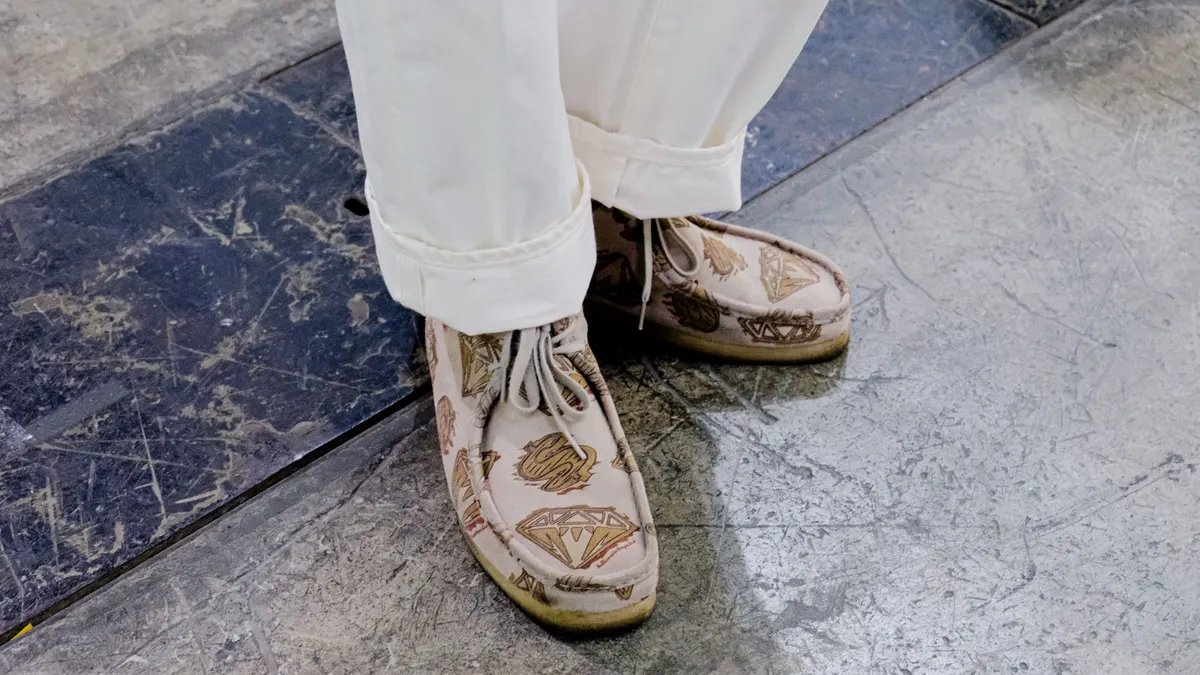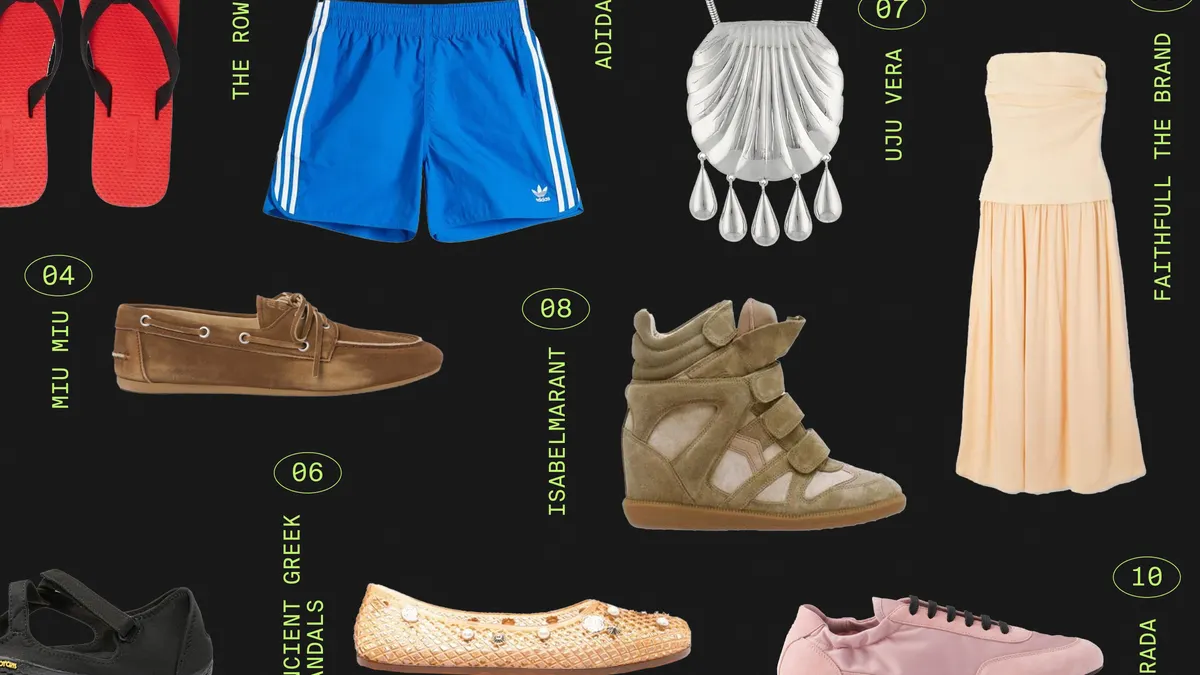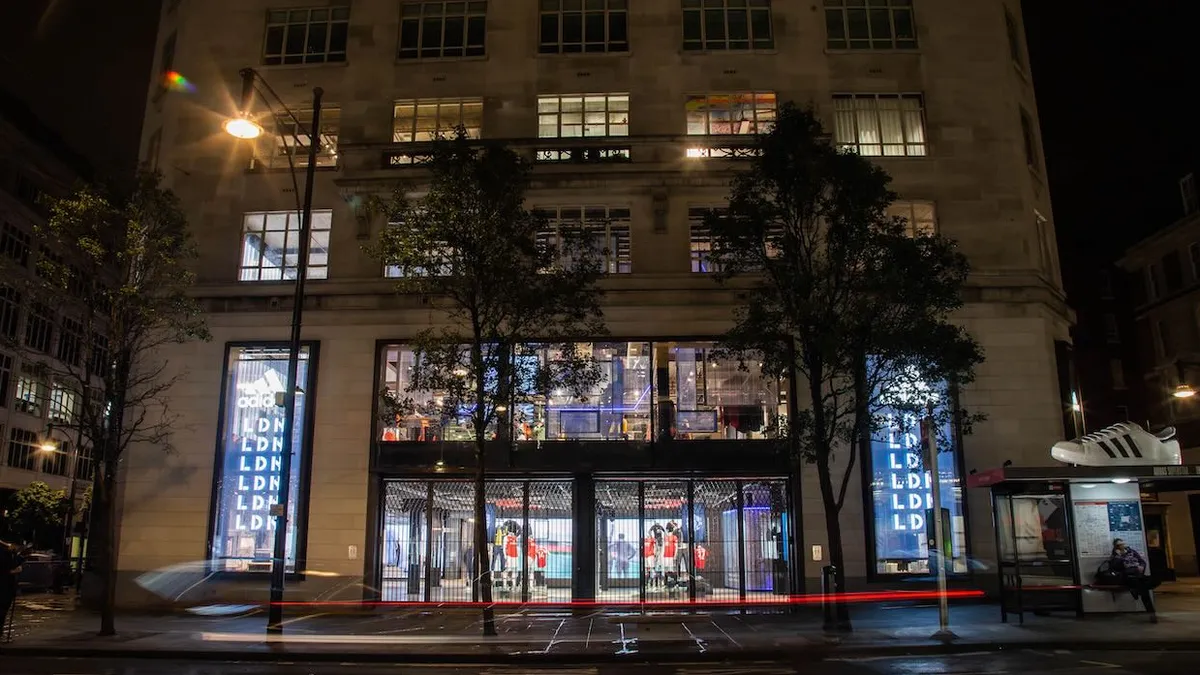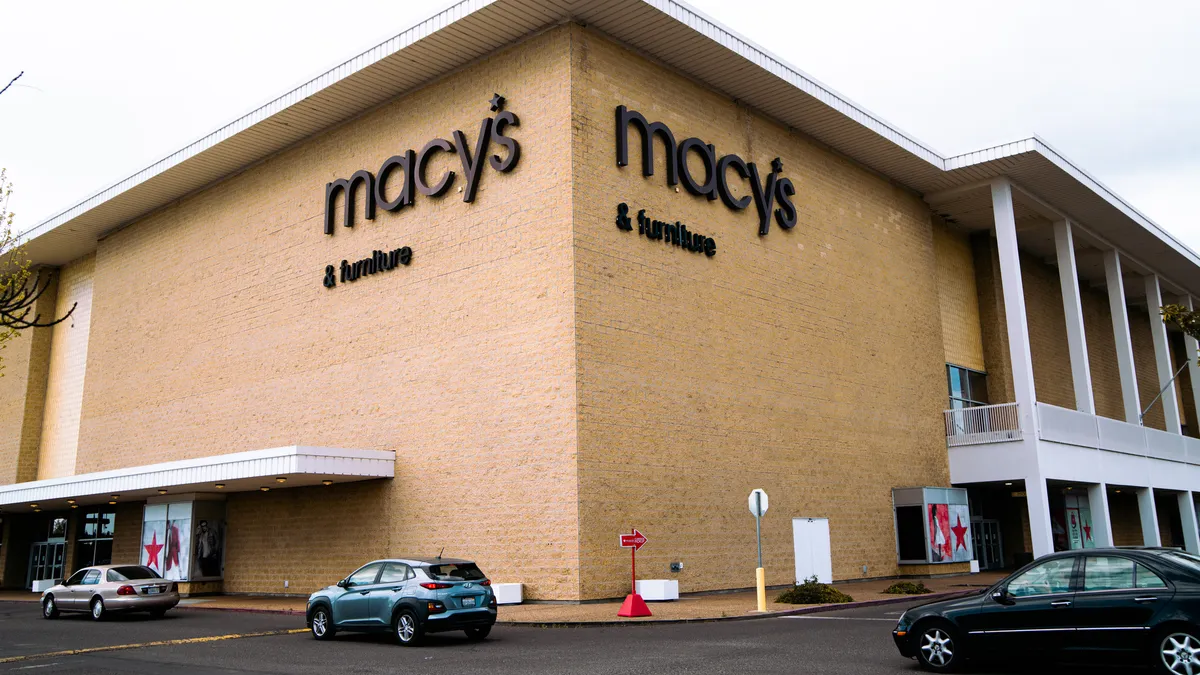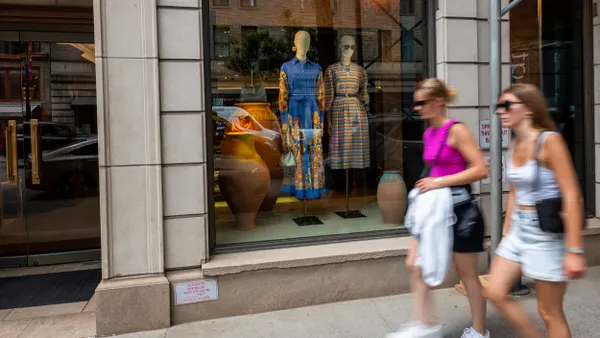Golf is having a moment. With a younger, more diverse demographic embracing the sport as a lifestyle, golf may have found a fashion audience by way of an unforeseen cultural shift that affected most everyone during the pandemic.
According to a February report by the National Golf Foundation, total active participation in both on- and off-course golf grew to more than 45 million Americans, after surpassing 40 million for the first time in 2022. The 2024 report also shows record-high diversity, with Asian, Black and Hispanic golfers representing 23% of the total, or more than 6 million.
Interest in the sport is also skewing younger. The PGA Tour reported last year that almost half (48%) of all golf participants were between the ages of 6 and 34. Another NGF report from last year found that between 2020 and 2022, women now comprise 26% of all U.S. golfers.
Golf as lifestyle
Golf apparel brands say they're seeing crossover appeal between customers who play the sport and those who just like the look, which may indicate a growing trend and acceptance of golf as a mainstream lifestyle. The demographic change has resulted in more functional fashion being designed by independent brands as well as established labels such as Nike, Adidas and Under Armour.
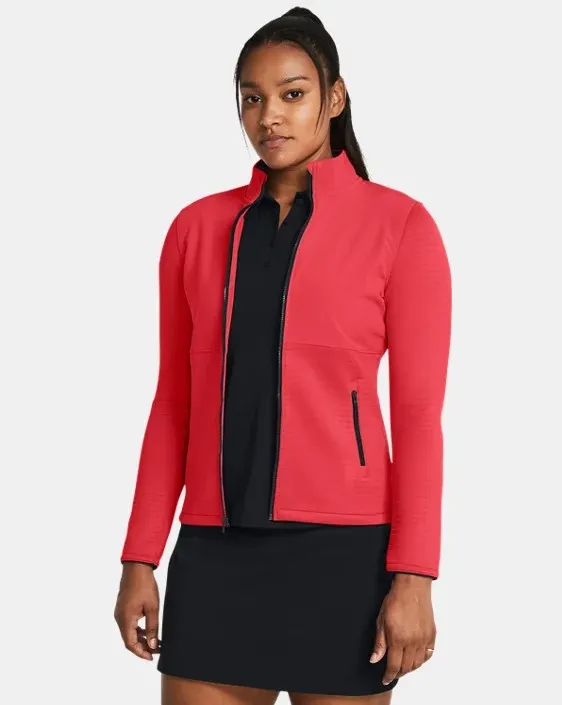
“The key to making golf fashion ‘mainstream cool’ lies in balancing performance and style,” Jocelyn Santiago, director of golf apparel at Under Armour, wrote in an email to Fashion Dive. “Today, we are seeing more and more brands incorporating elements of lifestyle-driven golf apparel and emphasizing fashion-forward designs while maintaining functionality. If brands can do this along with the evolution of course dress codes, we will continue to see a broader audience adopt the style regardless of if they have a tee time that day.”
Golf participation was slowly growing before the pandemic, but it was during the two to three years of sheltering at home that a new crop of enthusiasts took to golf courses and outdoor entertainment venues, according to the NGF.
“Off-course engagement and social media have played key roles in golf’s popularity and cool factor, as celebrities, athletes, and content creators with sizable followings are boosting golf’s positive visibility, especially among non-golfers,” the NGF said in its 2024 report.
Matt Daniels, co-founder of clothing brand Blackballed Golf, said the Covid-19 pandemic led to a “new wave” of golfers in the sport.

“When we started the company, fashion was just starting to be looked at in golf, and that’s what drew a lot of our audience to us,” Daniels said. “There are Black people who golf, there are other races who golf. Our main goal is to provide an avenue for the youth to grow in the game of golf and grow in themselves, and be able to express themselves in a way they feel they should.”
Golf’s ‘aha’ moment
It often takes unpredictable cultural moments for a particular style or piece of clothing to emerge as iconic, said Derek Guy, a menswear writer and author of the website Die Workwear.
Guy gave the example of the Adidas Samba, which first launched in 1951 and transcended the soccer sport to become a cool, fashion lifestyle piece worn by a wide range of celebrities and style-conscious consumers.
“People today wearing these shoes are not always trying to say ‘I play soccer,’” Guy said. “They may be referencing break dancers that they saw. They might be referencing some streetwear look. It represents much more than soccer. It represents cultural groups that have taken this item and imbued it with their own meaning.’”
That “aha” moment for any trend may come from someone with a lot of cultural capital who introduces an idea or an aesthetic that has existed for a long time, and then all of a sudden that thing becomes big, Guy said.
“That’s totally possible for a golf item,” Guy said. “But that’s not something the sport of golf can engineer on its own. But, when you think of clothes as a sociological language, it’s absolutely possible for golf.”
Finding a new audience
A number of golf fashion brands that incorporate golf into their storytelling are promoting the game, and ultimately their labels, by reaching a new audience that may not have first thought the game was for them.
“At the end of the day, our logo is me,” said Olajuwon Ajanaku, co-founder of Eastside Golf, an Atlanta-based golf apparel brand that’s driven by diversity and youth involvement. “If you look at the logo, it’s a Black man with jeans, a sweatshirt, a Cuban link chain, swinging the club this way, the chain going the other way. He’s literally in real life saying I’m just gonna be myself because I love the game.”
Ajanaku and co-founder Earl Cooper played golf at Morehouse College, where they were on the team that won the PGA Minority Collegiate Golf Championship in 2010. Eastside Golf was launched to help support Ajanaku’s desire to turn pro. A decade later, the brand is an independent, golf-inspired fashion line that has collaborated on footwear with the Jordan brand and became a clothing favorite of NBA star Steph Curry and Former President Barack Obama, according to the founders.
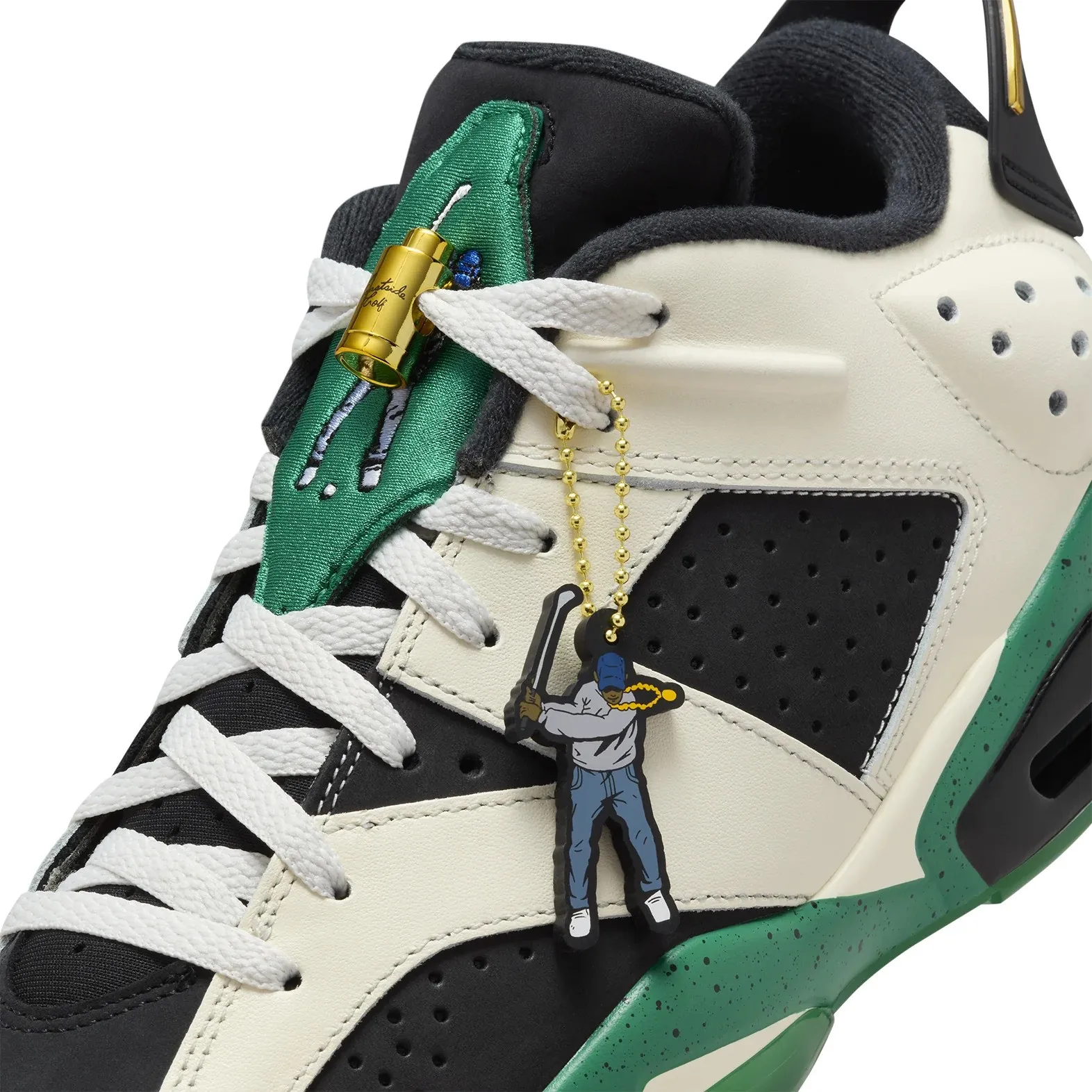
The brand’s “1961” footwear collab with the Jordan brand celebrates the year the PGA lifted their “Caucasian-only” clause, and recognizes Black players such as Lee Elder and Charlie Sifford.
“It’s about shedding light on their careers,” Ajanaku said. “There is history in the game.”
Collaborations with golf-inspired brands have become more common, further sparking interest on fashion runways.
Musician Tyler, the Creator has collaborated with Louis Vuitton, Converse and Lacoste and owns streetwear labels Golf Wang and Golf Le Fleur. Other brands straddling the lines of golf and streetwear include Bogey Boys, a Seattle-based brand created by musician Macklemore, that marries nostalgia with modern silhouettes and vibrant colors. Metalwood is a California-based company that bills itself as an “insurgent, vintage-inspired golf label.”
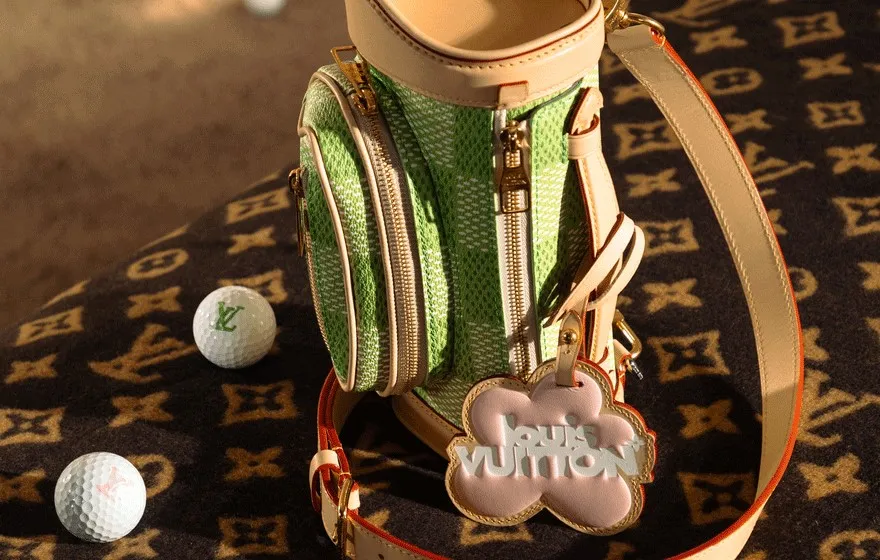
Malbon Golf, created in 2017 by Stephen and Erica Malbon, has flourished as a casual Los Angeles golf brand that markets its products to both serious golfers and fashion customers. The company is known for its many capsule collaborations with companies such as Nike, Adidas, Vilebrequin, Kanata Knits and most recently Tag Heuer.
Golfer Tiger Woods also has had a cultural and fashion influence on the sport. Having made a reported $500 million over the course of a 27-year partnership with Nike, Woods announced a new partnership in February with Taylor Made for an upcoming golf-inspired clothing brand, Sun Day Red.
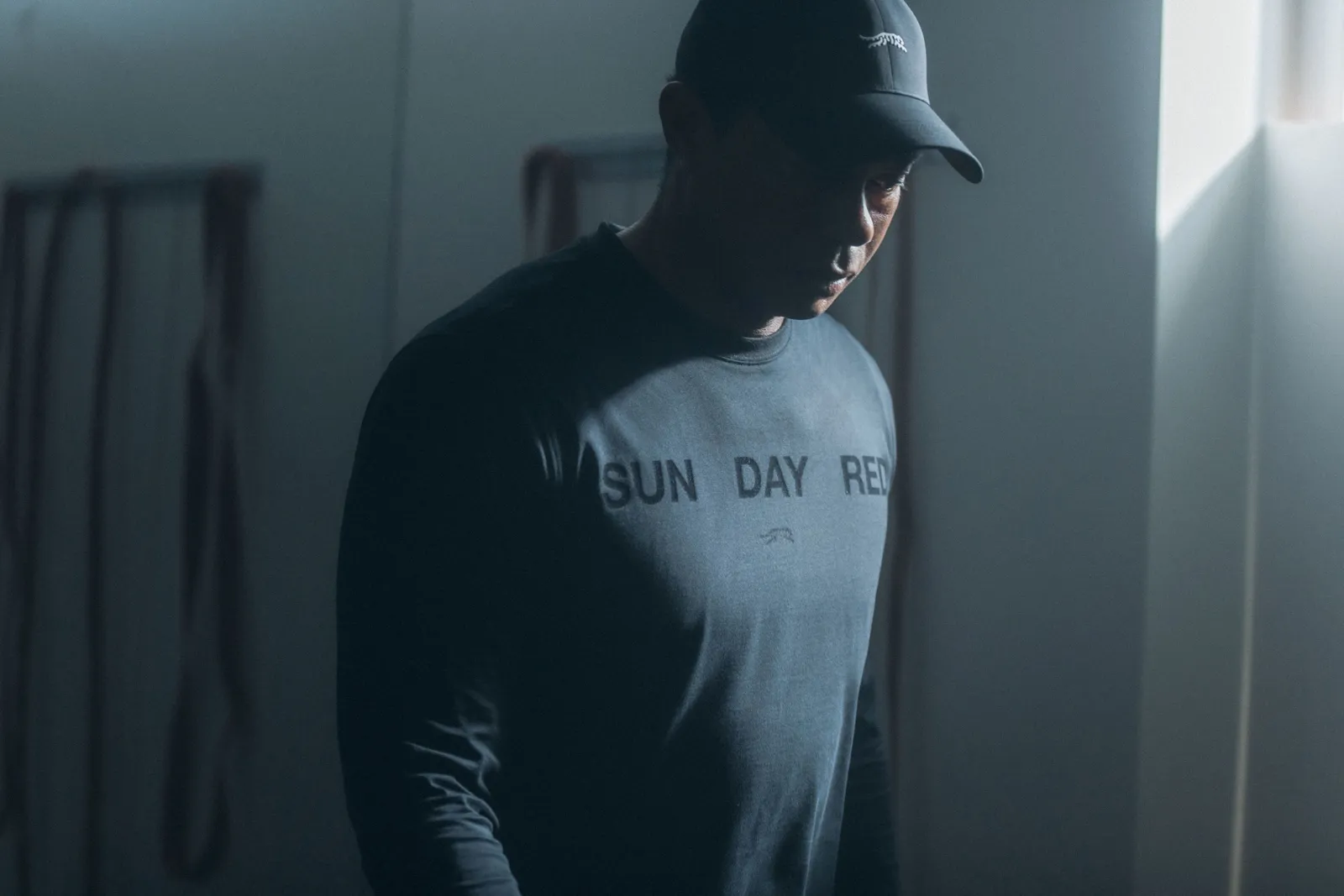
Entertainment golf venues such as Topgolf, Drive Shack and Popstroke have likewise been a driving force in identifying the sport as accessible, and they’ve opened up the idea of golf to an audience that has never set foot on a real course. Topgolf recently launched a marketing campaign addressing a wide range of backgrounds as a way to communicate that hitting golf balls while partying with friends is a great activity that they can enjoy and relate to, per the company. Called Come Play Around, the campaign includes a 60-second spot at Topgolf featuring participants from various walks of life.
“We're making the game of golf more inclusive and open for all to enjoy,” Geoff Cottrill, chief brand officer for Topgolf, said in an online release. “And this campaign celebrates different people and personalities from all over the world coming together and enjoying a little golf.”
Reflecting a similar mindset, Daniels said the idea behind his Blackballed Golf brand was to help make a game he loved more accessible to a diverse audience of would-be players.
“You look at what the sport has been for some time now,” Daniels said. “It has a way of pushing people away who might not quite fit the mold. And that could easily be based on what you wear and how you look,” Daniels said. “So, for us, Blackballed Golf was founded on the simple premise of revolutionizing golf apparel by infusing it with style and quality and a true commitment to diversity and inclusion.”


